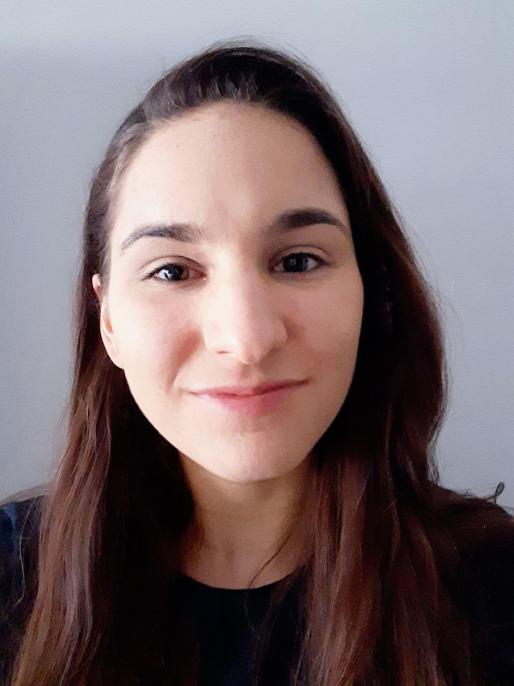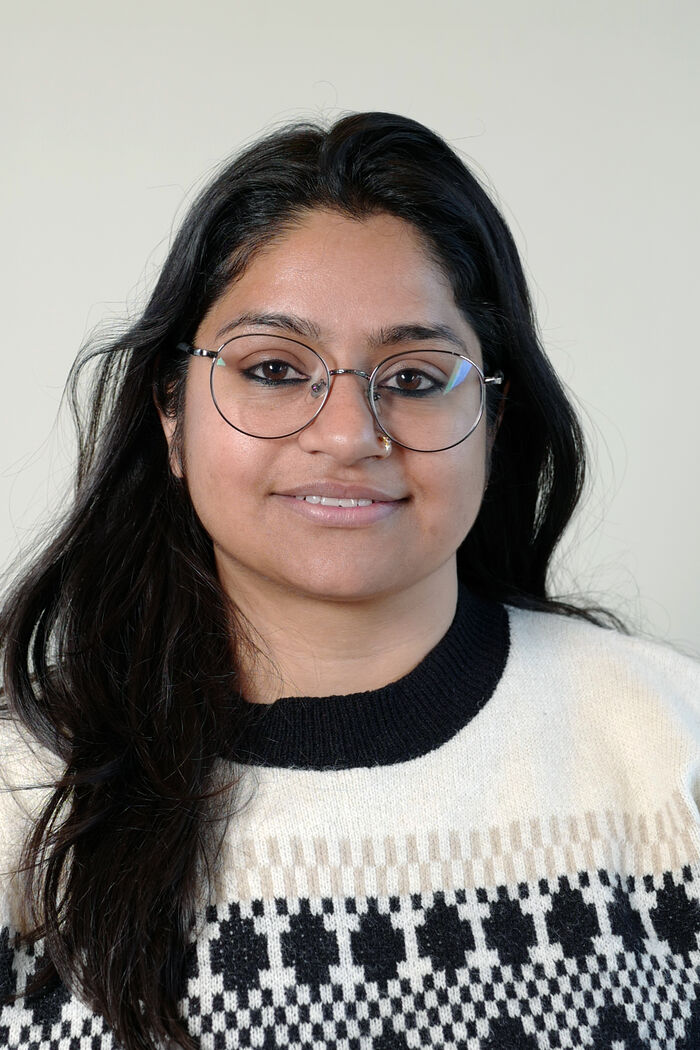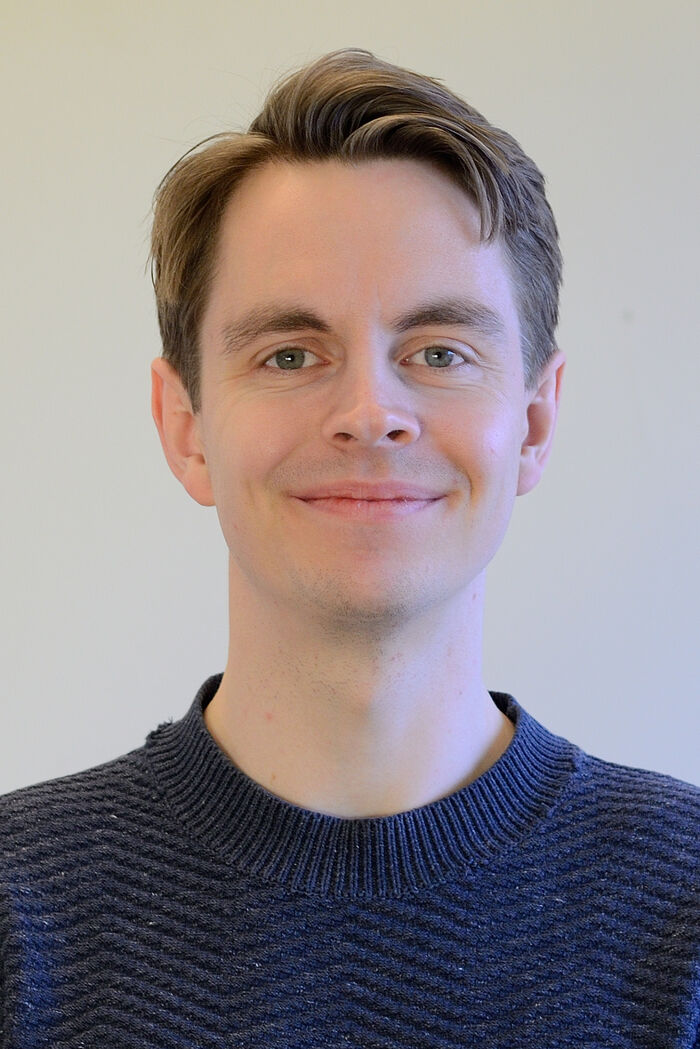Tidlegare gjesteforelesninger og seminarer - Side 17
Etter snart to år med en læreplan som for første gang inkluderer programmering i flere fag, er det på tide å spørre hvordan det går og hvordan vi skal jobbe med programmering fremover – både i skolen og i høyere utdanning. Det matematisk-naturvitenskapelige fakultet og FIKS inviterer til faglig frokost.
Opptak av arrangementet finner du her
Det matematisk-naturvitenskapelige fakultet og FIKS inviterer til webinar og ser på hva som skjer i skolen i dag, to år etter innføring av programmering i fag som matematikk, naturfag og kunst og håndverk. Du treffer lærere, forskere og fagfolk som deler sine erfaringer med programmering i skolen.
Abstract: What links a baby’s first breath to adhesive debonding, enhanced oil recovery, filtration or multiphase microfluidics? These processes all involve two-phase flows in rigid or elastic confined vessels and are often prone to interfacial instabilities. The canonical viscous fingering instability, which occurs when air displaces a viscous fluid in the narrow gap between two parallel plates, offers a versatile testbed for such phenomena. In this talk, I will use both experiments and numerical simulations of depth-averaged models to explore several aspects of bubble dynamics in Hele-Shaw cells. I will first show how the onset of fingering can be suppressed when replacing the upper plate of the vessel with an elastic sheet. Interfacial flows in narrow gaps can also exhibit considerable disorder, but they are rarely investigated from a dynamical systems’ perspective. I will show how compliance can promote rich multiplicity of front propagation modes in a channel before turning to bubble propagation in a rigid channel with a depth perturbation. There I will explore how the bubble’s organised transient dynamics is orchestrated by weakly-unstable steady propagation modes, and how its long-term behaviour may be practically unpredictable.
This talk is part of the Mechanics Lunch Seminar series. Bring-your-own-lunch and lots of questions. Hybrid format via Zoom possible on demand (contact timokoch at uio.no)
Abstract: A random, labyrinthine pattern emerges during slow drainage of a granular-fluid system in two- dimensional confinement. Compacted grains are pushed ahead of the fluid-air interface, which becomes unstable due to a competition between capillary forces and the frictional stress mobilized by grain-grain contact networks. We reproduce the pattern formation process in numerical simulations and present an analytical treatment that predicts the characteristic length scale of the labyrinth structure. The pattern length scale decreases with increasing volume fraction of grains in the system and increases with the system thickness. By tilting the model, aligned finger structures, with a characteristic width, emerge. A transition from vertical to horizontal alignment of the finger structures is observed as the tilting angle and the granular density are varied. The dynamics is reproduced in simulations. We also show how the system may explain patterns observed in nature, created during the early stages of a dike formation.
This talk is part of the Mechanics Lunch Seminar series. Bring-your-own-lunch and lots of questions. Hybrid format via Zoom possible on demand (contact timokoch at uio.no)
Michaela Brchnelova, KU Leuven, Belgium.
C*-algebra seminar by Alexander Stolin
Associate Professor Fredrik S. Hage, the Structure Physics section
Professor Christophe Fraser, University of Oxford.
By Johan Watz from Karlstad University, Sweden
Reetika Joshi, postdoctoral fellow of Rosseland Centre for Solar Physics (RoCS), University of Oslo.
C*-algebra seminar by Alexander Mang (Saarland University)
By Ronald Jenner from the Natural History Museum, London, UK
Abstract: Because of their huge compressibility difference with their surrounding media, air bubbles in water have a special relationship with acoustic waves: they are sub-wavelength resonators. In this presentation, I will show that this characteristic has great implications for both the surrounding fluid, because of the steady streaming effect, but also for the acoustic waves.
This talk is part of the Mechanics Lunch Seminar series. Bring-your-own-lunch and lots of questions.
We introduce SMARTboost (boosting of symmetric smooth additive regression trees), a machine learning model capable of fitting complex functions in high dimensions, yet designed for good performance in small n and low signal-to-noise environments. SMARTboost inherits many of the qualities that have made boosted trees the most widely used machine learning tool for tabular data; it automatically adjusts model complexity, handles continuous and discrete features, can capture nonlinear functions in high dimensions without overfitting, performs variable selection, and can handle highly non-Gaussian features. The combination of smooth symmetric trees and of carefully designed Bayesian priors gives SMARTboost an edge (in comparison with a state-of-the-art tool like XGBoost) in most settings with continuous and mixed discrete-continuous features. Unlike other tree-based methods, it can also compute marginal effects.
This talk is part of the Mechanics Lunch Seminar series. Bring-your-own-lunch and lots of questions.
Professor Justin William Wells, the Semiconductor physics section, UiO
Johannes Røsok Eskilt, phd fellow at Institute of Theoretical Astrophysics, UiO.
By Andy Foote from NTNU, Norway





